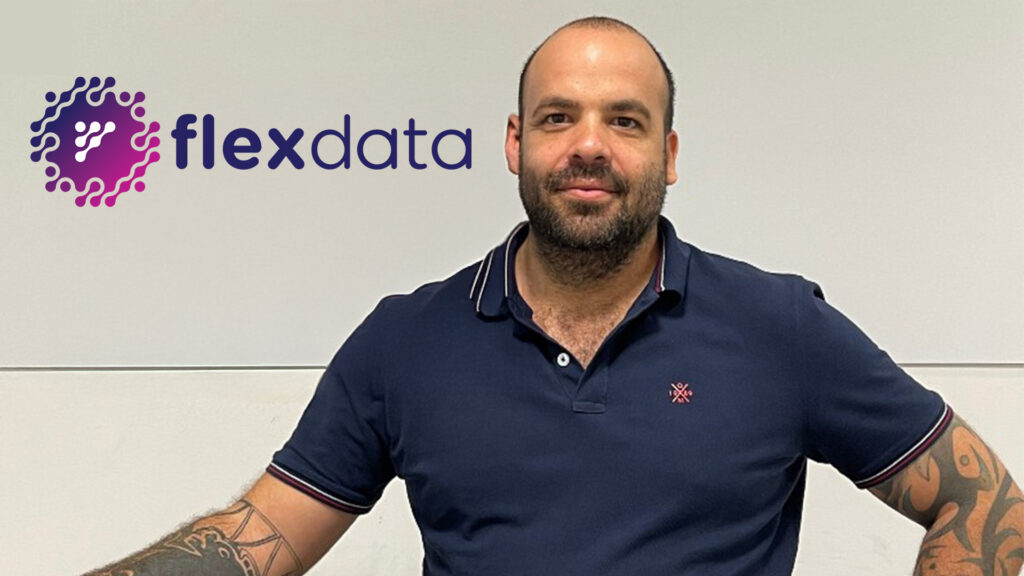
By David Tyler, CEO of Outlier Technology
How many different systems are in place within a single business to support day to day financial operations? One company might have a CRM system to hold customer details, a separate programme to generate invoices, a third which contains vendor information…and the list goes on.
Unfortunately, when a problem arises, it can be tempting to be drawn in by the latest ‘must-have’ technology which purports to magically solve the issue. But what happens if you invest and find that this new tech isn’t the magic wand it promised to be, and is there an alternative?
The risk of rushing
There’s a very logical way to approach this: analyse the issues, identify the root causes, and then find the best solution. It’s deceptively simple but what we very often see is people jumping forward to the last stage – skipping the ‘boring’ bits and getting straight to the tech.
“It’s what we had at my last place, and it was brilliant.” This is probably one of the most expensive thought traps that people fall into when solving problems and selecting technology. Solutions are almost never purely about the technology, they’re about the people, the process and the conditions.
All of those things are unique to every organisation – even a franchise. But it’s a mental shortcut that’s very tempting because it feels like we can get the result quicker.
If we just copy what was done somewhere else, it’s almost guaranteed to fail or at least cost a lot more time, effort and money than it needs to. When we try to copy, we’re very often confusing the outcome with the process undertaken to arrive at the outcome. Unfortunately, there’s no real shortcut to that process.
Slow down at the start and methodically analyse your business. Measure where your bottlenecks are and resist the urge to solve every problem as you encounter it. Because if you don’t truly understand the problems you’re experiencing, then there’s no reliable way of knowing whether a shiny new tech tool will actually solve them, other than investing a lot of money and crossing your fingers in hope.
Which is why savvy financial leaders should instead be investing in this thorough analysis process. And you never know, the solution to your problem might not involve technology at all.
Optimise over replacing
Rather than replacing systems or adding new ones, there are potentially better ROIs to be made by methodically going through all existing systems to make sure they are ‘talking’ effectively to one another.
Because when you have a CRM with customer reference numbers which don’t match up to the reference numbers in linked programmes, or numerous versions of the same costings where vendor IDs are misaligned or missing altogether, how can you expect effective communication between these systems?
And if these communications have broken down then what you will almost certainly find is your people are patching, fixing and working around issues. They’re working hard to get the numbers right and avoid disappointing customers. You need to invest in listening to them so you can make sure your invoices are accurate and timely, that complaints are logged and actioned, that expenses are categorised effectively.
In many cases, you’ll find that some simple fixes upstream eliminate whole swaths of problems downstream. Setting up a process that validates reference numbers are correct across systems, and reporting that identifies when they’re not lets you nip issues in the bud.
Invest in improving
It’s tempting to look at improvement programmes as big dramatic initiatives that have defined boundaries and times: “We’ll take six months and fix this once and for all.”
There is certainly a case for some programmes like that, but you’ll find if you engage with the people in your organisation, you’ll find lots of small ways to make improvements.
They might not be glamorous, or exciting, but making your business a tiny bit better every single day will very often deliver far more ROI than some big technology acquisition. Having your technologies talking to each other effectively and with genuine purpose is far more valuable than another tech sticking plaster.
The investment in this approach is usually quite low (mainly staff time rather than an upfront capital spend) and the result is an enormous freeing-up of time so that teams can focus on tasks which enhance customer experience, generate revenue, or otherwise benefit the business, rather than wading through conflicting digital documents to complete what should often be an automated process.
There’s also a huge side benefit here: if you’re empowering teams to find and fix issues you’ll often find when you do need to invest in new technology, your teams know exactly what they need and why what they have isn’t up to scratch. They know what it means to fix a problem with process and the importance of systems being configured properly.
By ensuring that all systems can talk to each other, because every piece of data matches up, very often companies find this eradicates or at least vastly reduces the extent of the problems they’re experiencing.
Because, before the investment decision is taken, they have put in place a rigorous process to ensure the ‘glue’ which holds all of the existing systems together (matching references and ID) is in place and working effectively.
Rather than rushing to make it a technology problem, it’s vital to consider whether it could actually be a data problem. Going through this data religiously might be less exciting than the prospect of a shiny new tech toy, but it’s a much less costly solution which gives your existing applications the chance to integrate well with each other, enabling them to do the job you expected them to do in the first place.
Combing through data may be laborious, but it’s far more effective, represents a far lower cost investment, and ultimately results in smoother operations and systems which converse effectively. It might be the less exciting option but, after all, finance leaders are there to safeguard their company and maximise ROI – and focusing on data not ‘must-have’ tech is a much safer plan.





















